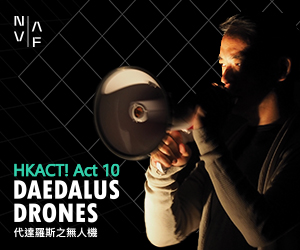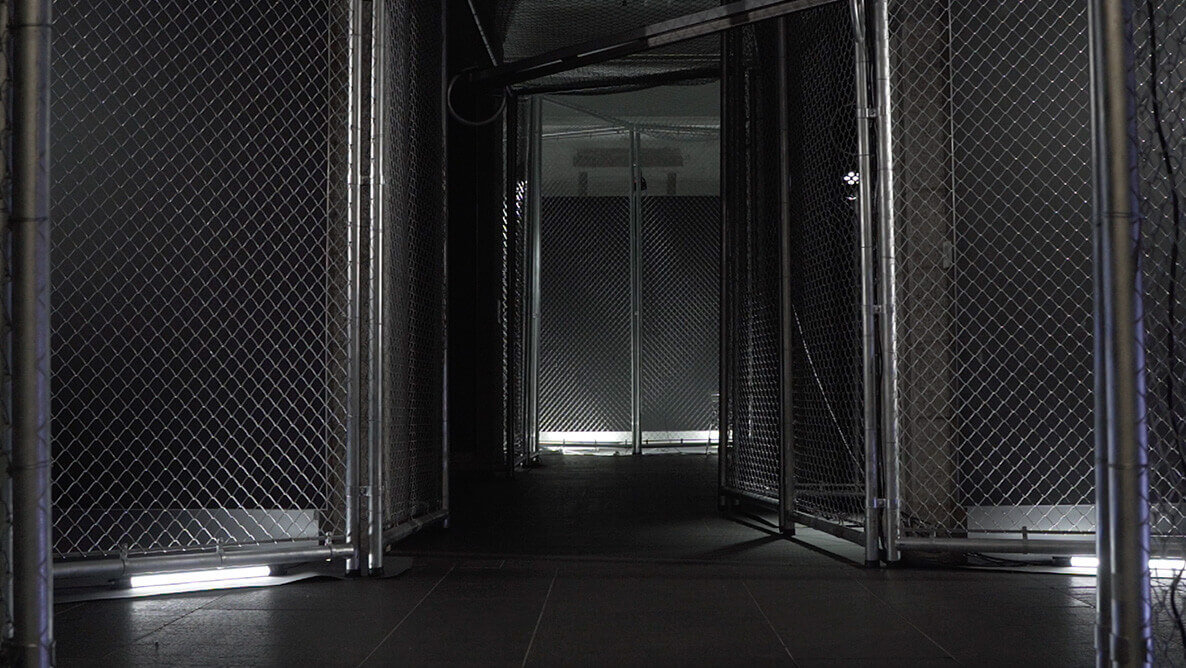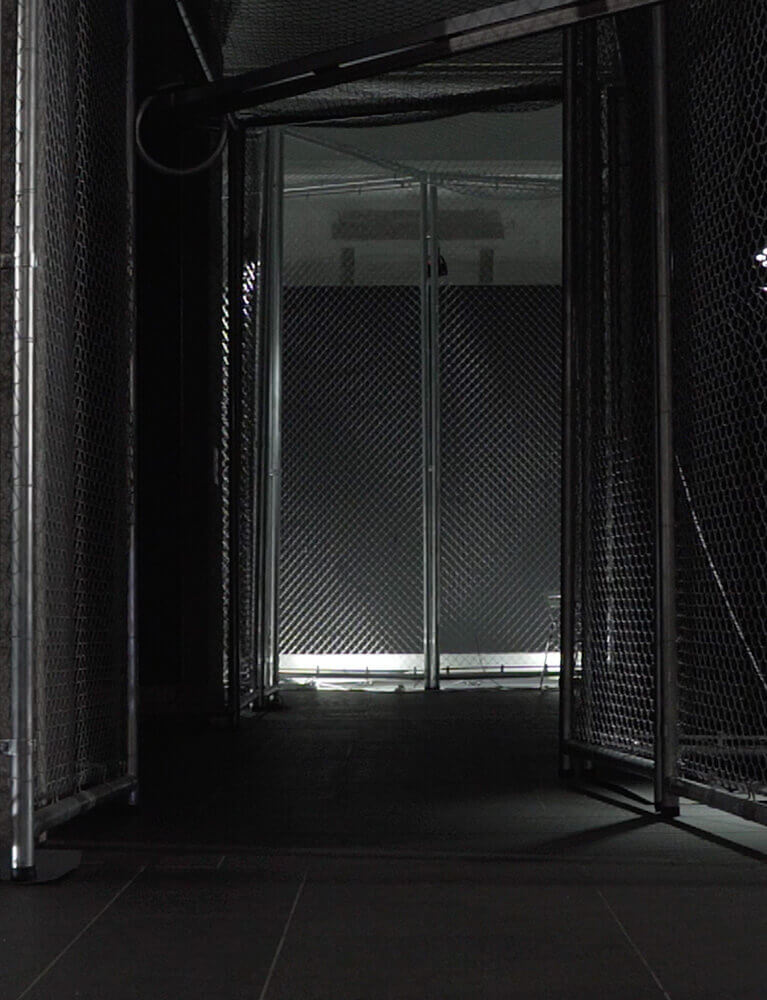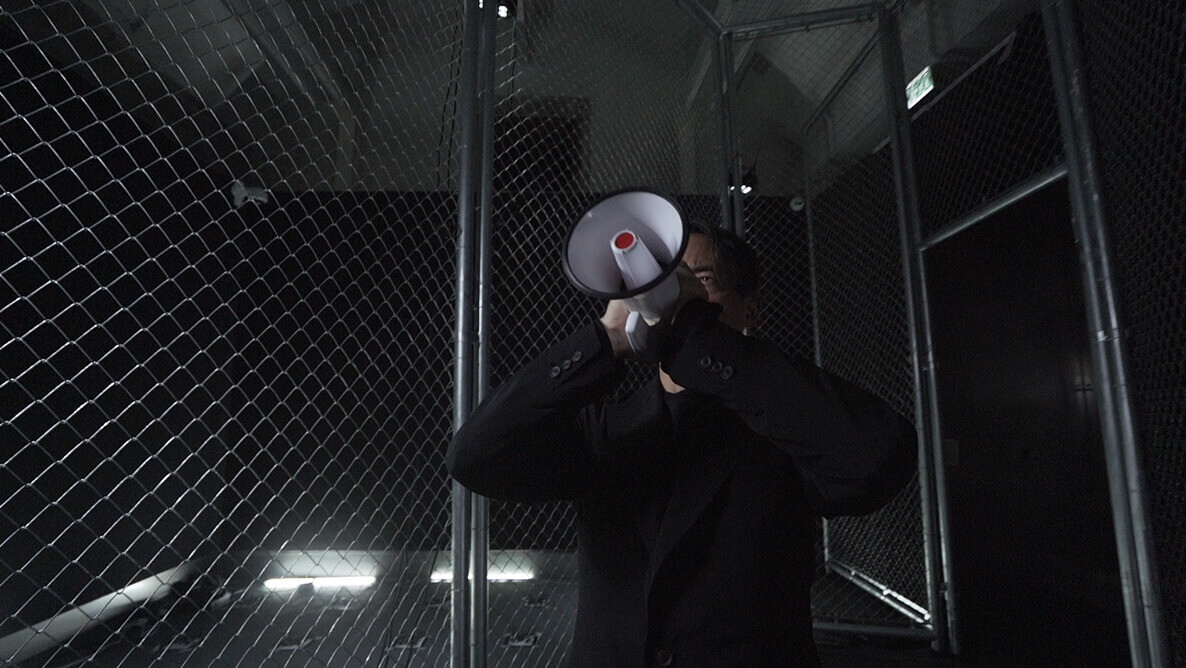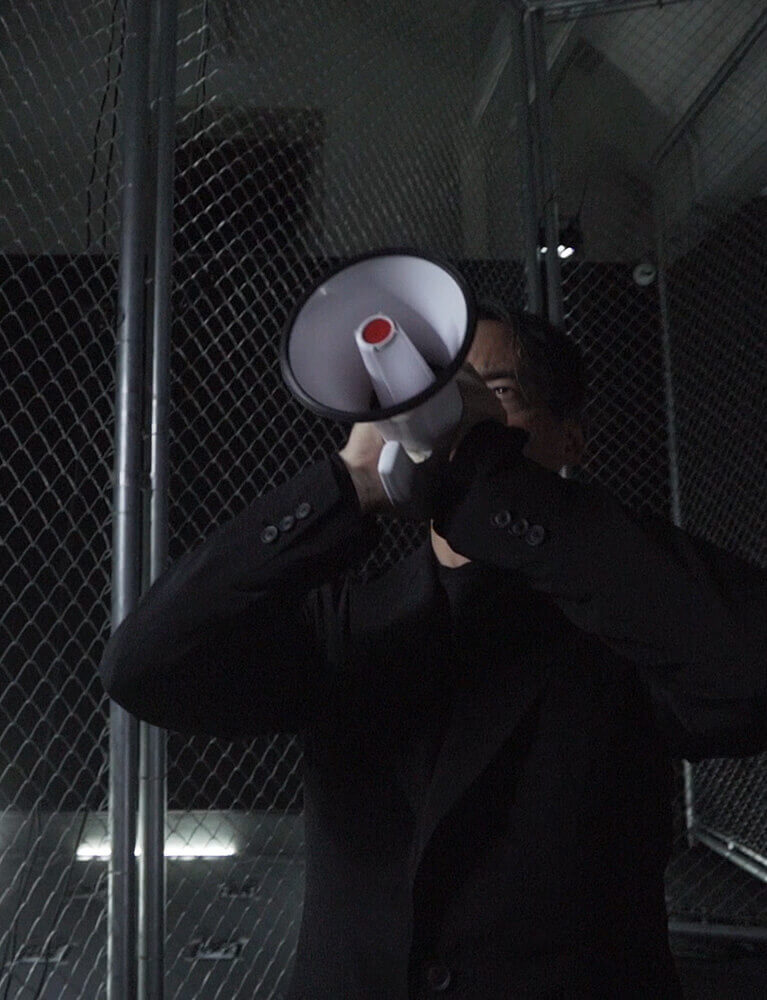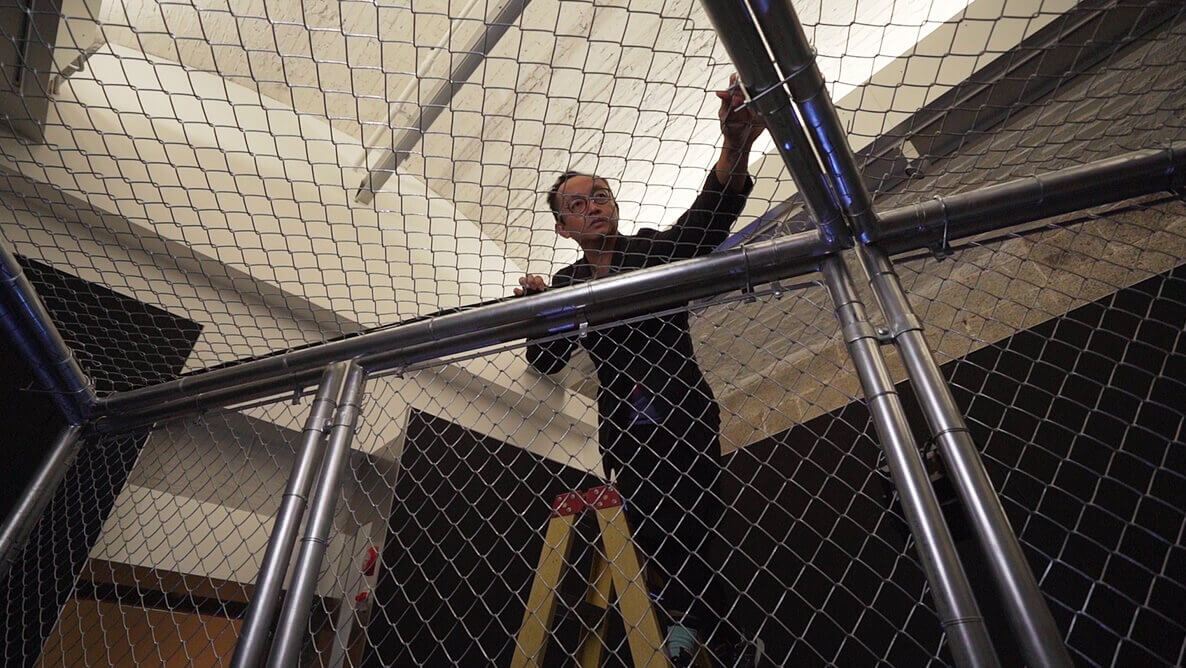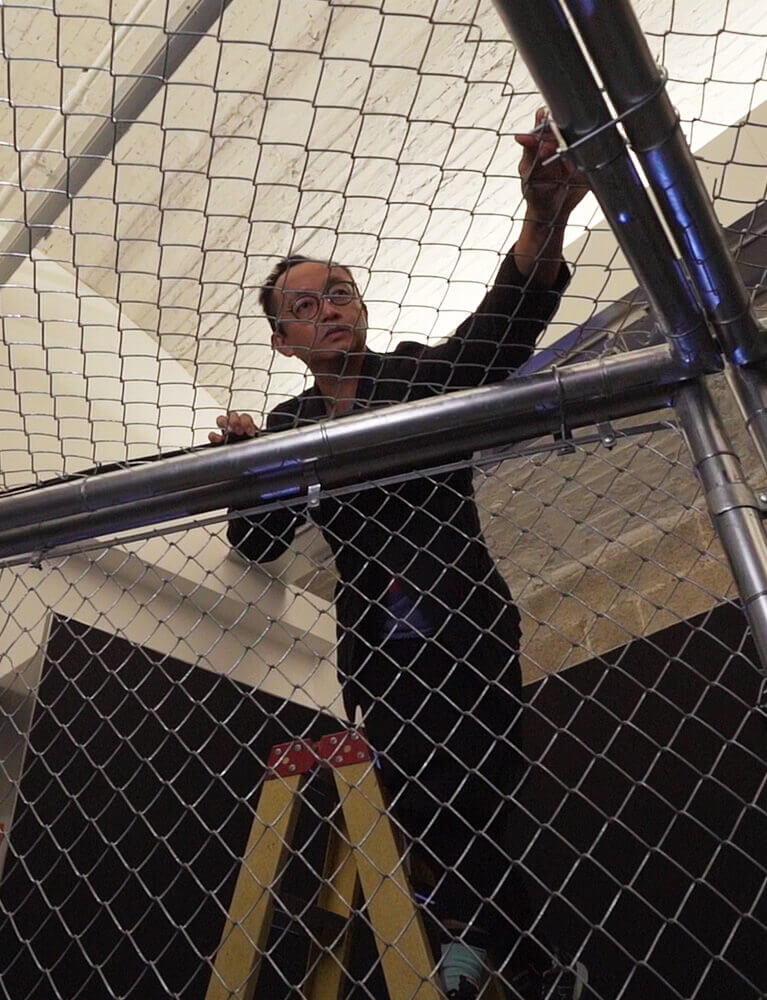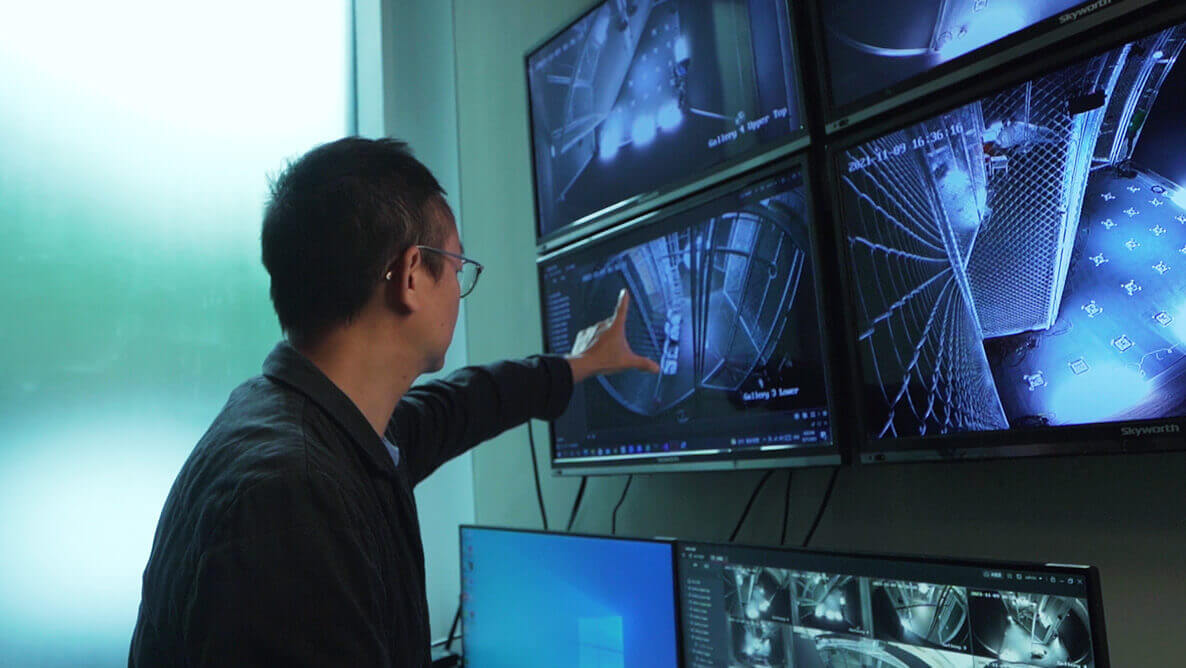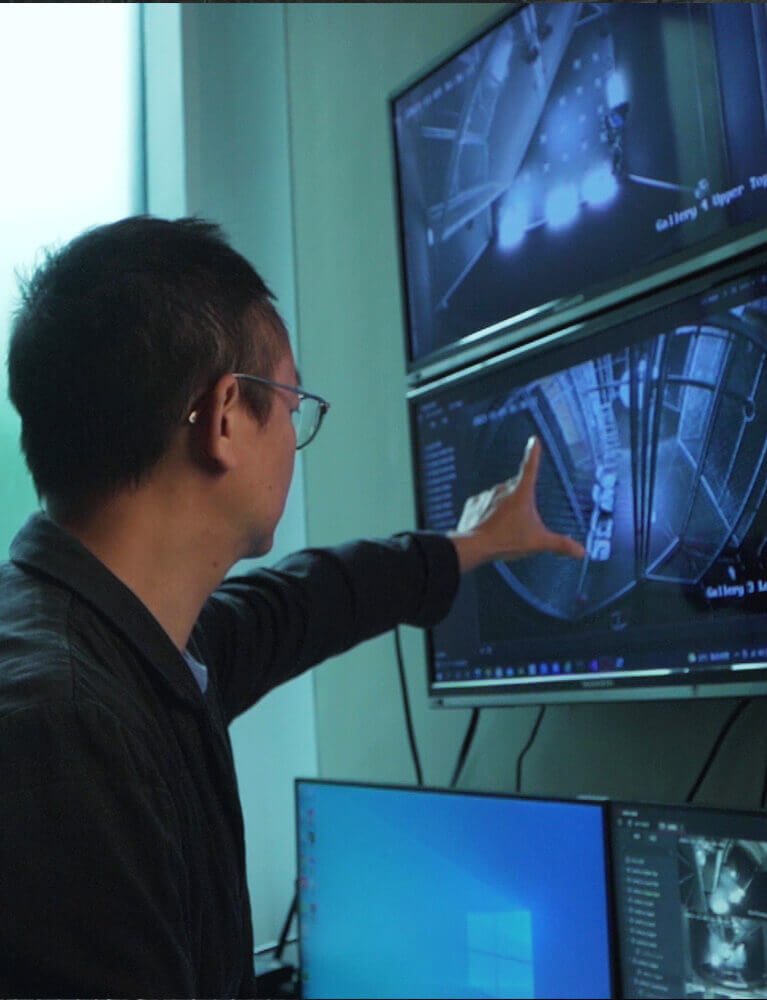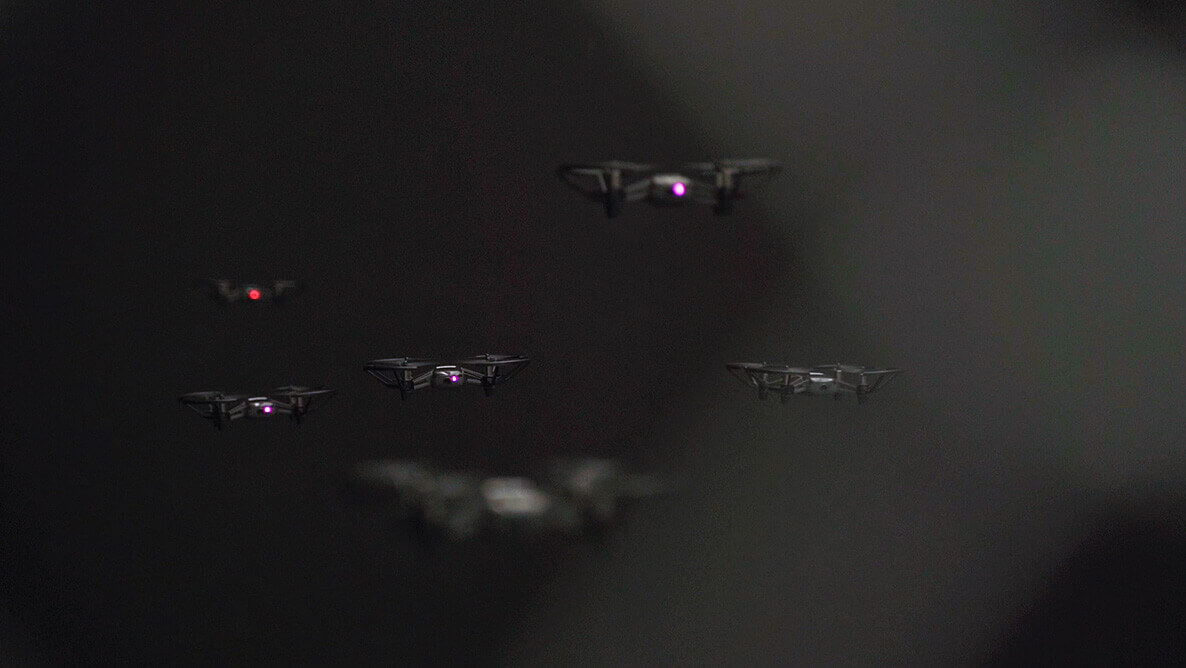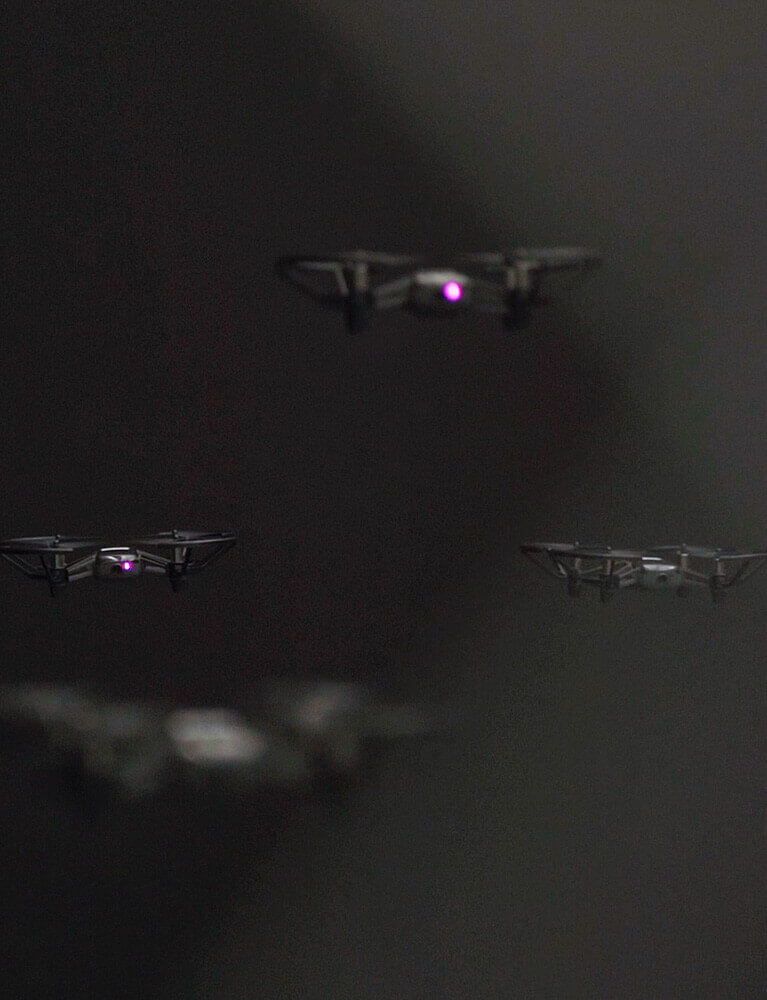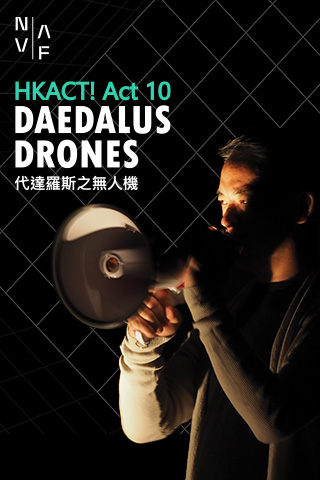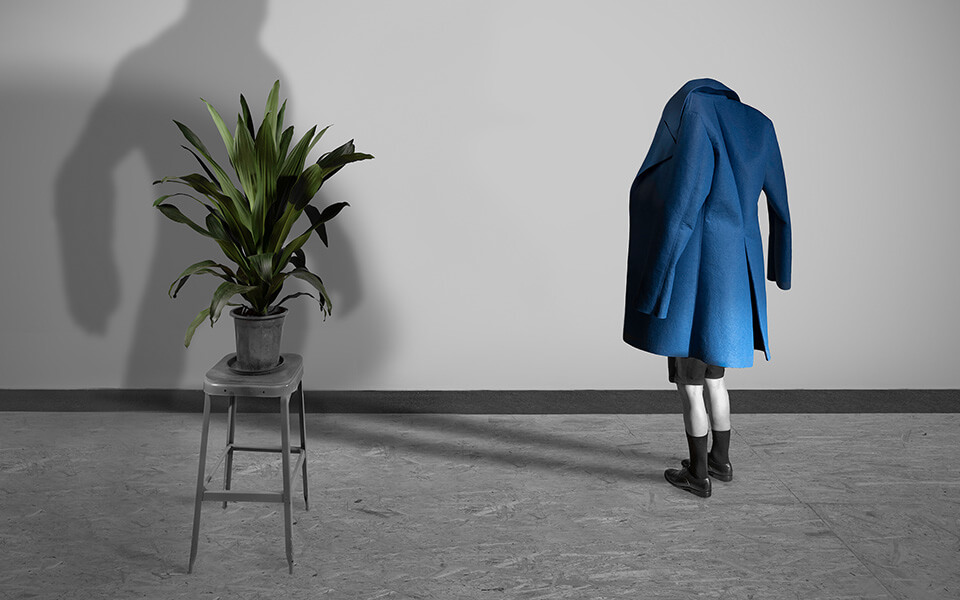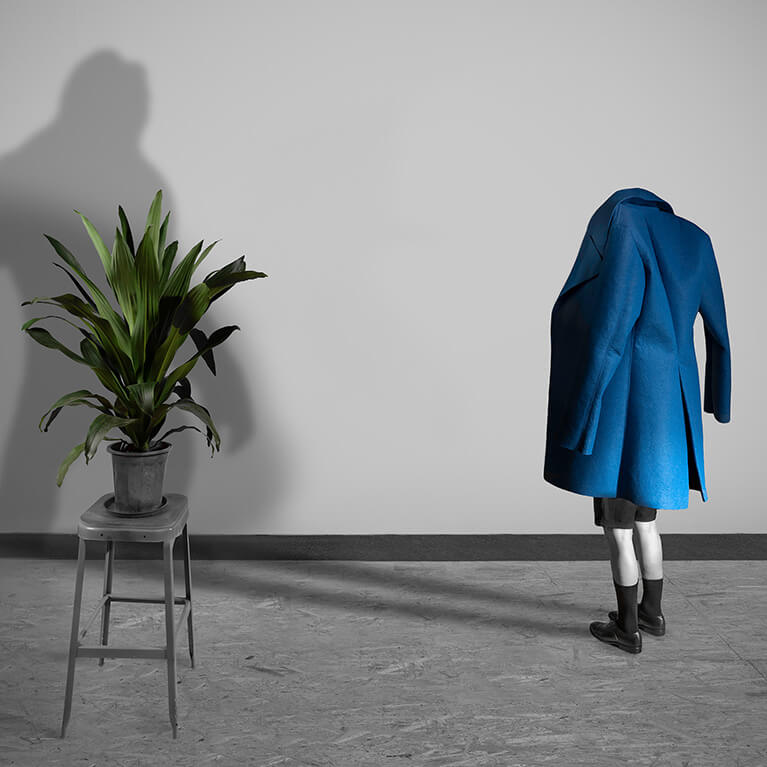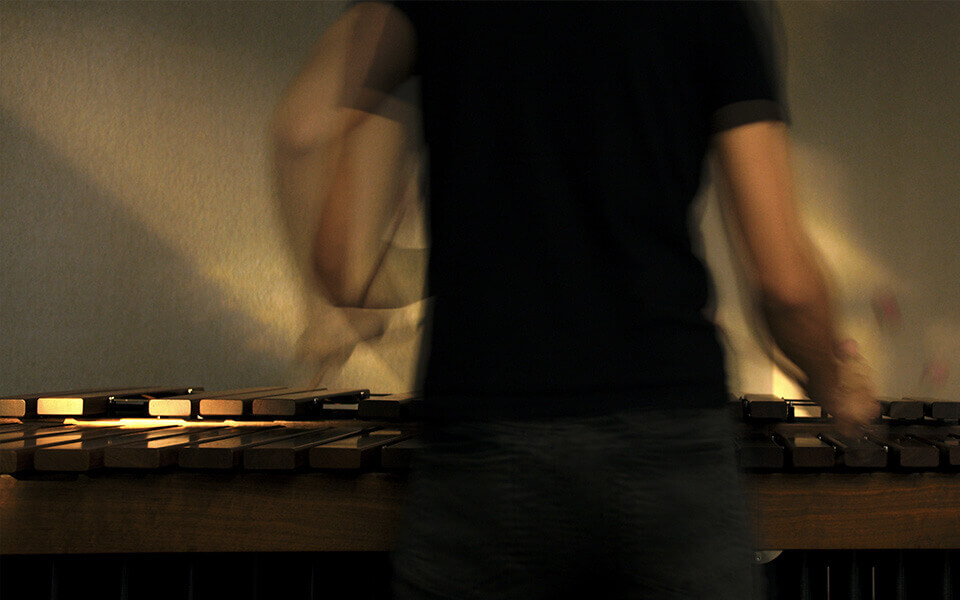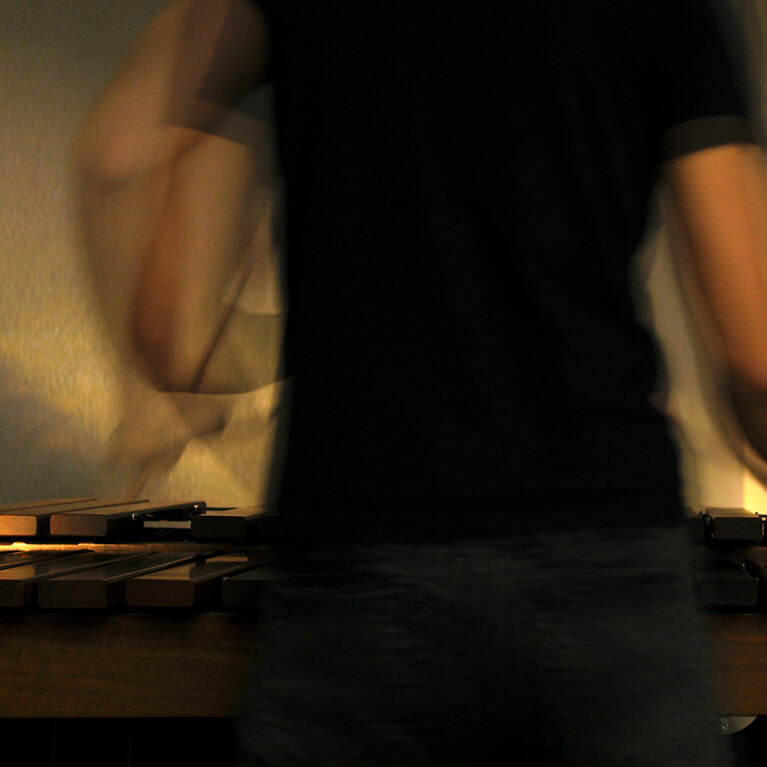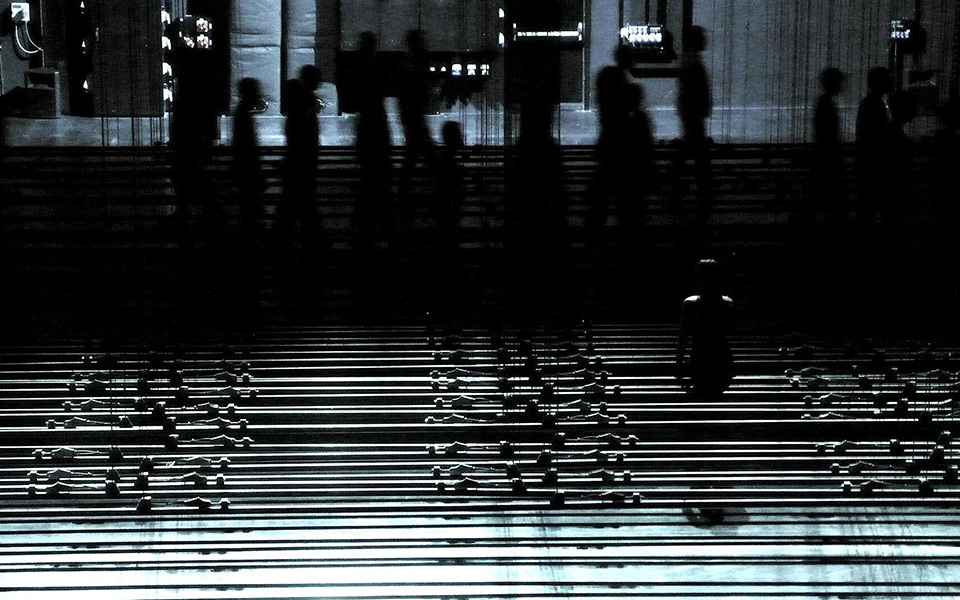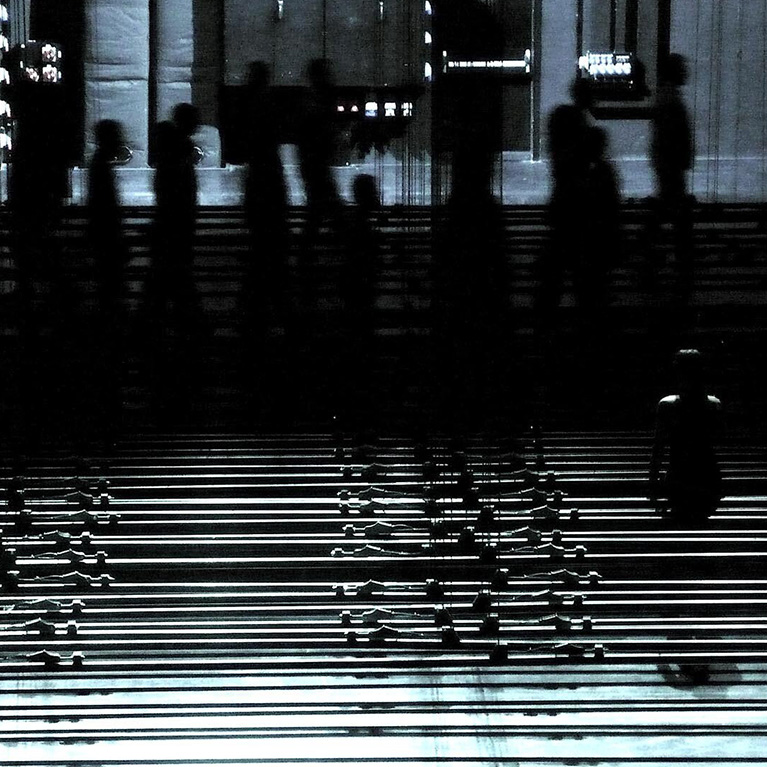

Buzzing with
creativity
Two artists have inspired one another by continually pushing the boundaries of their mediums. Now, with the help of 120 drones and dozens of musicians, they are producing a multisensory show that takes their work to yet another level.
November 24, 2021
Multidisciplinary Japanese-American musician Ken Ueno and Malaysian-born, US-educated architect Thomas Tsang each embarked on artistic journeys to discover their own styles of creative expression. Their experiences come together in HKACT! Act 10 – Daedalus Drones, an experiential performance taking place this month at Asia Society Hong Kong Centre as part of the Leisure and Cultural Services Department’s annual New Vision Arts Festival.
In a total of nine shows over two weekends, audience members will navigate an outdoor garden and four galleries, travelling a labyrinth between chain-link fences that rise higher as the journey progresses. Their senses will be challenged by sights, sounds and enclosed space amid live musicians and a swarm of small drones.
A total of 120 of these flying machines are on standby for the performances, with each show featuring 44 of them.
No two shows are the same, and the spectators are also participants. They will be asked to look beyond what they see, and to listen for the finer details in music. Get a glimpse into this collaboration between two creative minds.
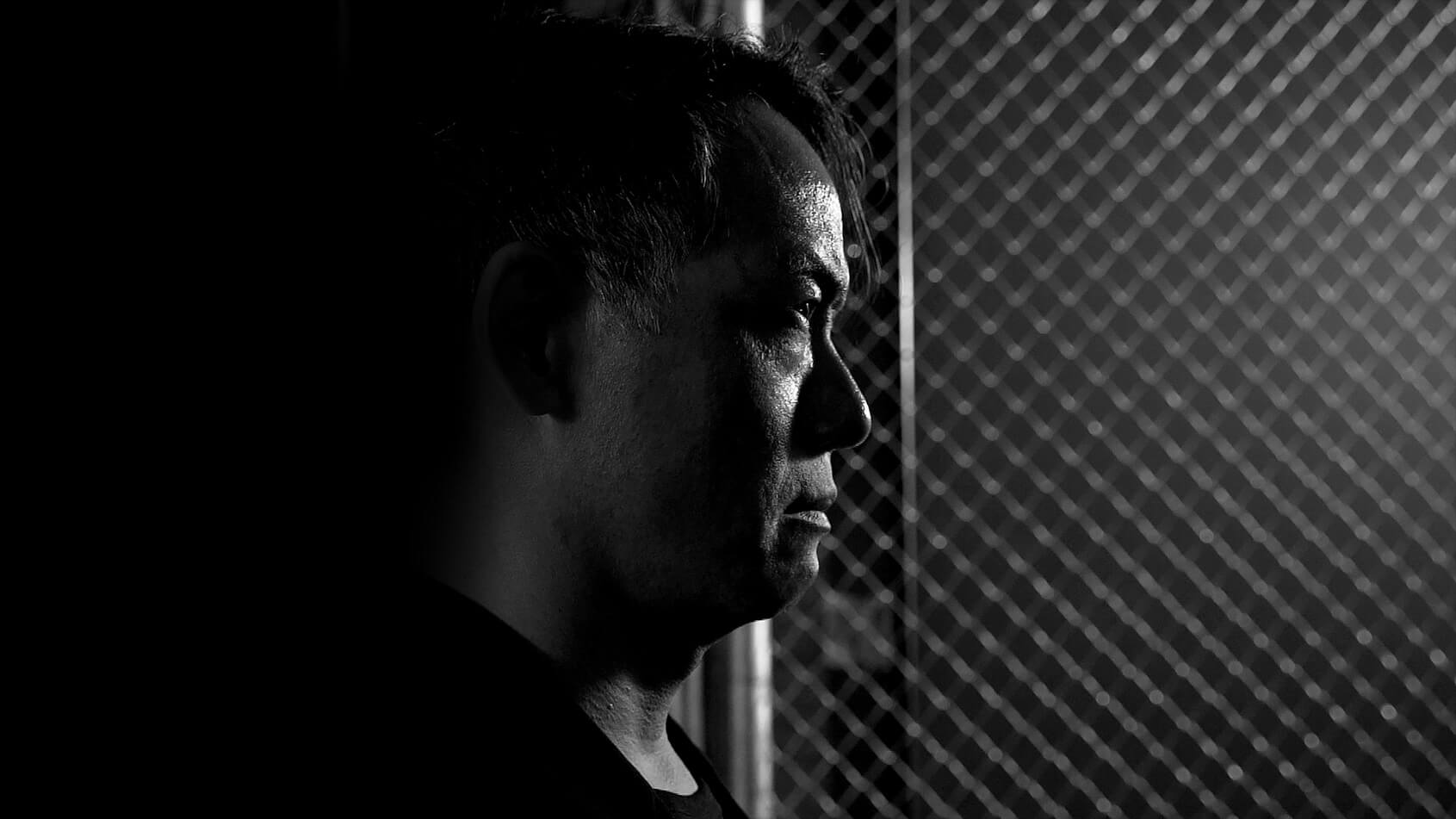
Composer, vocalist and sound artist Ken Ueno has never been one to conform or exist within preset boundaries. During the course of his musical studies – which took him to Berklee College of Music, Boston University, Yale University and Harvard University – his passion lay in developing his own vocal technique instead of learning how to sing opera.
“I love the moment of realisation that you can actually think outside the box,” he says.
In a way, Daedalus Drones reflects Ueno’s own journey of self-discovery as an artist. He wants audience members to travel through spaces – an outdoor garden and four galleries, to be precise – where different types of sounds come at them from all directions.
“They’ll come in, and then they’ll be led through the garden rooftop area of Asia Society and experience the percussion,” he says. “The percussion in different areas articulates the space differently.
“Then they gradually go up to the Chantal Miller Gallery, and we have the installation performance there. So the journey is important ... to arrive at this indoor space, and also have the outdoor experience. I hope it will highlight that, in both cases, the space is also an instrument.”
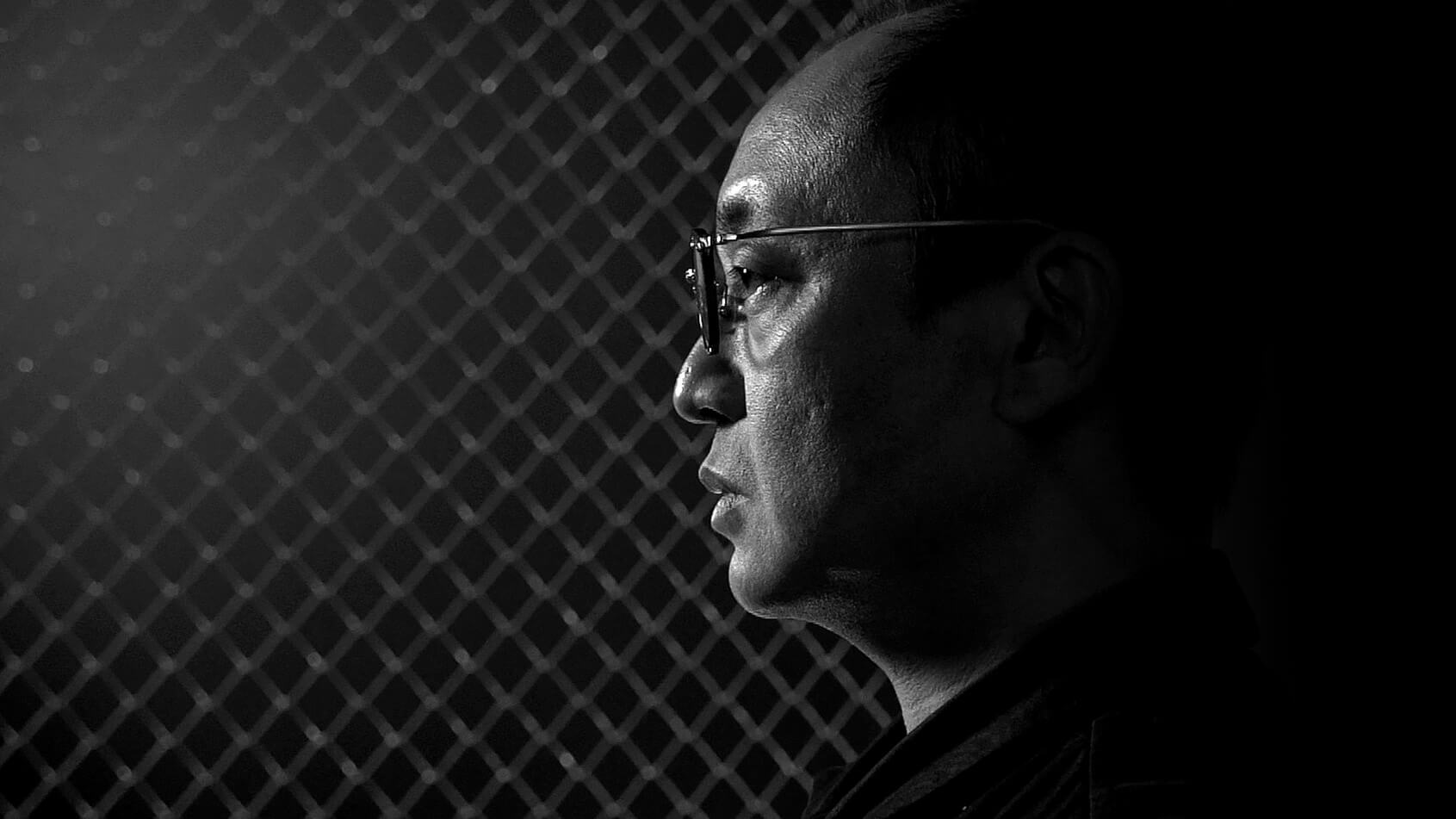
When Thomas Tsang was studying architecture at The Cooper Union for the Advancement of Science and Art in New York, he found himself drawn to the city’s culture and constant movement. “I thought: one of the best schools to study in is actually not the university itself, but the city around it,” he says.
Not satisfied with focusing on a single discipline, Tsang spent a year at The Juilliard School for the performing arts. His goal was not to become a performer, but rather to learn about stage production and examine the role that space plays in live shows.
In 2006, he met Ueno during a fellowship at the American Academy in Rome. Tsang recalls that as they were “the only two Asians” at the research and arts institution, they struck up a friendship. They began a discussion about breaking through artistic boundaries, which has continued through to today.
For Tsang, Daedalus Drones represents how he views experiences and spaces – it is not just about looking at one thing at a time, but also about appreciating every nuance.
“You might be looking at the forest, but you still hear the taxis honking. You could still see the wheels, the 5.30 traffic. You could still hear the birds singing; you could still hear the water running,” he explains.
Regarding the performance at Asia Society, he says: “You might be biased [towards] looking at the percussion work that is slowly moving underneath the bridge. This is the type of nuance that is very difficult to capture through multimedia.”
In a way, Daedalus Drones reflects Ueno’s own journey of self-discovery as an artist. He wants audience members to travel through spaces – an outdoor garden and four galleries, to be precise – where different types of sounds come at them from all directions.
“They’ll come in, and then they’ll be led through the garden rooftop area of Asia Society and experience the percussion,” he says. “The percussion in different areas articulates the space differently.
“Then they gradually go up to the Chantal Miller Gallery, and we have the installation performance there. So the journey is important ... to arrive at this indoor space, and also have the outdoor experience. I hope it will highlight that, in both cases, the space is also an instrument.”
For Tsang, Daedalus Drones represents how he views experiences and spaces – it is not just about looking at one thing at a time, but also about appreciating every nuance.
“You might be looking at the forest, but you still hear the taxis honking. You could still see the wheels, the 5.30 traffic. You could still hear the birds singing; you could still hear the water running,” he explains.
Regarding the performance at Asia Society, he says: “You might be biased [towards] looking at the percussion work that is slowly moving underneath the bridge. This is the type of nuance that is very difficult to capture through multimedia.”

Literary and mythological connections
The inspiration for Daedalus Drones can be found in myths and literature. Ueno says his favourite author is Irish novelist and poet James Joyce, who created a literary alter ego with Stephen Dedalus, the protagonist of his autobiographical novel A Portrait of the Artist as a Young Man.
Joyce named the character after Daedalus, a figure in Greek mythology known as an architect and inventor as well as a symbol of wisdom, knowledge and power.
Daedalus was said to have built a labyrinth for King Minos of Crete to trap the mythical Minotaur, only to find himself imprisoned in his own creation. In order to escape, he created wings of wax and feathers for himself and his son, Icarus, with a warning to avoid flying too close to the sun. But Icarus ignored his father’s advice, and fell to his death when his wings melted.
This story is told in The Metamorphoses, a narrative piece written in Latin by the Roman poet Ovid that dates back to AD8. Joyce quoted the poem in the epigraph for A Portrait of the Artist as a Young Man, with a line that reads: “Et ignotas animum dimittit in artes”.
“It roughly translates to: ‘And then [Daedalus] turned his mind to unknown arts’,” Ueno explains. “I think that's why James Joyce used that epigraph, because it’s symbolically the inspiration, the moment that sparked the invented flight to transcend our terrestrial boundaries. It speaks to all moments of inspiration in the human act of creativity.”
Inside the maze created for Daedalus Drones, Ueno has chosen to project his voice through a megaphone so that he can navigate around the audience and make them experience “moving sounds”, reinforcing the main premise of the show.
Tsang explains that each of the nine performance sessions, which are spread out over two weekends, differ from the others because of the many moving parts within the installation, as well as the changes in natural ambient light occurring over the scheduled days.
A showcase of collaboration
Produced by the Osage Art Foundation – established in Hong Kong in 2004 to promote creative communities, cultural cooperation and creative capacity – Daedalus Drones also features the University of Hong Kong Percussion Ensemble, directed by Deborah Waugh, and The Up:Strike Project, a Hong Kong percussion group that also has its own production at the New Vision Arts Festival, titled Menú del día.
Although Daedalus Drones was two years in the making, constructing the performance site was a fast-paced operation, with works starting in early November and the fences and sound equipment such as subwoofers put into place only a little more than a week before the first public show.
“Also, we have engineers and contractors … it’s been a complex quilt of things to put together,” Ueno says.
The first three performances took place on November 21, but there are still six more shows scheduled for November 27 and 28, at 5pm, 6.30pm and 8pm on each day. In addition, the installation space itself is open for viewing sessions from November 22 to 26.
On November 26, a symposium titled “Flying Against the Colonising Universal” will be held at 7pm at the Asia Society’s Miller Theatre, where Ueno will join a panel of experts that includes scholars and art practitioners to discuss how developments in technology and culture are reshaping the context for art in Asia.

